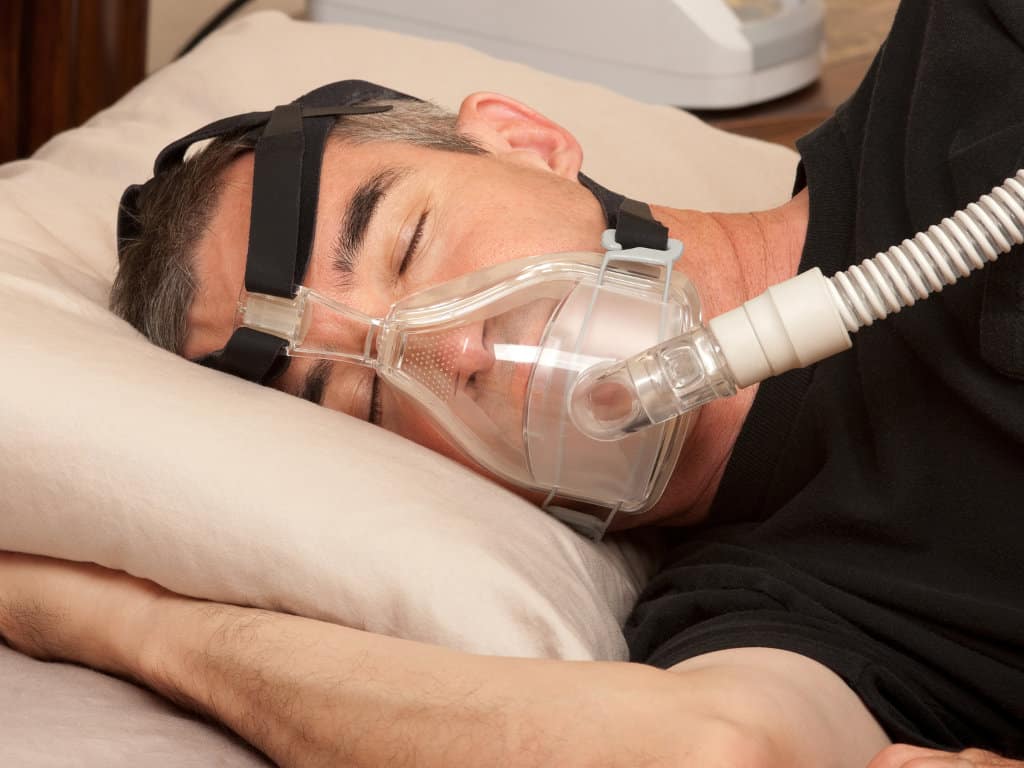Every one of us spends about four months, 120 days or 2,900 hours sleeping. Each year. This makes the sleeping place biologically the most important permanent residence spot in the house, apartment, hotel or mobile home. One of the biggest risks for our health is the air pollution caused by chemical pollutants and solvents at the sleeping place. Stress, electromagnetic pollution and bad air can cause at least half of all sleeping problems. Learn more about how to avoid this pollutant alarm in your own bedroom.
More and more pollutants burden sleep
At the Environmental Health Symposium 2016 held in San Diego, CA, Dr. Aviad Elgez, a Doctor of Naturopathy in Toronto, Canada specializing in environmental medicine, dropped a real “chemical bombshell”: more and more people poison themselves with chemicals and solvents in their homes. Common sources of “off-gassing” are carpets, paints, flooring (e.g. vinyl) but also sleeping places! The pollution of the room air is five times higher than outside. Especially synthetic and visco-elastic mattresses (“memory foam”) are referred to as being harmful to people’s health. All cold-foam-mattresses and foam mattresses made of petroleum products belong to this category. With many “untreatable patients” he found toxics in their blood. After detoxification, the health disturbances and impairments as well as a wide range of partly inexplicable symptoms disappeared. Already sick people and people suffering under immunodeficiency are especially affected by this “pollutant alarm” – and children, of course.
The “invisible” chemicals in the bedroom
Mattresses, produced from petroleum products compound of up to 61 different chemicals, according to Bader (2011). In his patient’s blood Dr. Elgez determined chemicals like acetone, benzene, formaldehyde, perchloroethylene, toluene, xylene, styrene, hexane, ethanol. They may have gotten into their blood from exposure to several sources including the possibility of synthetic mattresses. However, this assumption has to be treated with caution due to restricted research sample size. Xylene and toluene are expected to have a damaging effect on the liver; furthermore, they are suspected to be carcinogenic. Ethanol is a cytotoxin and can be harmful for all kinds of cells but liver cells are especially concerned.
When pollutants and their potential harm are high at the sleeping places, this is cause for concern. Nevertheless, it has be taken into consideration that susceptibility may vary from person to person and patients are to be expected to react in different degrees to the exposure to toxins. Many of the above-mentioned toxins are released by body moisture and -warmth and so may be inhaled directly. At any places where plastics are used in bed furnishing, hazardous solvents, formaldehydes, plasticizers, flame retardants, pesticides or heavy metals might be released into breathing air and this is for years and decades. Chemical substances enter our body especially via breathing and our skin and can strain our kidney and liver functions.
Health consequences of “pollutant alarm”
The science of environmental medicine addresses the external, environmental causes and effects that can contribute to symptoms and diseases. Numerous health disturbances, skin rashes, headaches, sleep disturbances, dizziness, confusion (“brain fog”), gastrointestinal complaints, nausea, vomiting, visual disturbances, speaking difficulties, irritations of eyes, ears, mouth and throat, auto-immunity disturbances up to cancer might arise. The harmful influences of these chemicals are especially huge on the nervous-, immune- and hormonal-system. Partly, they also affect the DNA of the cells. Here, they disturb the cellular function (mitochondria).
At the Environmental Health Symposium, Dr. Elgez shared five specific cases of patients whose health disturbances arose due to exposures to toxic chemicals, the sources of which were suspected to include: pesticides, industrial pollution, mercury fillings, smoking, heavy metals and other occupational exposures but, interestingly, all shared one potential exposure which is that they slept on synthetic and visco-elastic mattresses, so-called “memory foam mattresses”, which could also contribute to toxicity. Furthermore symptoms improved with recommended treatment and were improved even more when patients eventually replaced these mattresses. It is a known fact that numerous construction and bedding materials, as well as, interior furnishings release chemical substances and this process is called off-gassing. Surfaces that are lacquered, veneered with plastic, chemical coating or other synthetic materials can release solvents and formaldehyde. Avoiding exposures is key. So, Dr. Aviad Elgez recommends the consistent use of organic sleeping systems and natural rubber mattresses like those of SAMINA. Especially, when already suffering under sleeping problems, health disturbances or medically unclear symptoms.
The naturally healthy alternative: SAMINA products for your bedroom!
With SAMINA products you can be sure that the products are naturally and therefore biologically and ecologically valuable. They care for the best sleep! Only renewable raw materials like natural ash wood, sheep wool, natural rubber or cotton of controlled biological cultivation are used. The 100 % natural rubber is GOLS-certified (Global Organic Latex Standard) and only FSC-certified (Forest Stewardship Council) woods are used and so prevent from the ruthless overexploitation of our .
100 % nature
We at SAMINA regularly certify our products at independent testing institutes. They follow highest standards like IVN (International Association of Natural Textiles Businesses) and GOTS (Global Organic Textile Standard). So, the sleep-healthy-products of SAMINA turn every sleeping place into a natural oasis for the best sleep in the world. Using bio-active natural materials and manual processing is the basic for a non-toxic sleeping place. Our bed frames are consistently metal-free and made of untreated woods. So, a SAMINA-bedding-system measurably improves the air-quality in your bedroom. Amongst other things, the sheep-wool is responsible for that. Sheep-wool is even filtrating volatile toxins from the room air.
Don’t give the pollutant alarm a chance in your bedroom!
Sources:
Bader, Walter (2011): Sleep Safe in a Toxic World. 2nd edition. Topanga/CA: Freedom Press.
Imagesource: @fotolia
This post is also available in / Diesen Beitrag gibt es auch in:




Leave a Reply